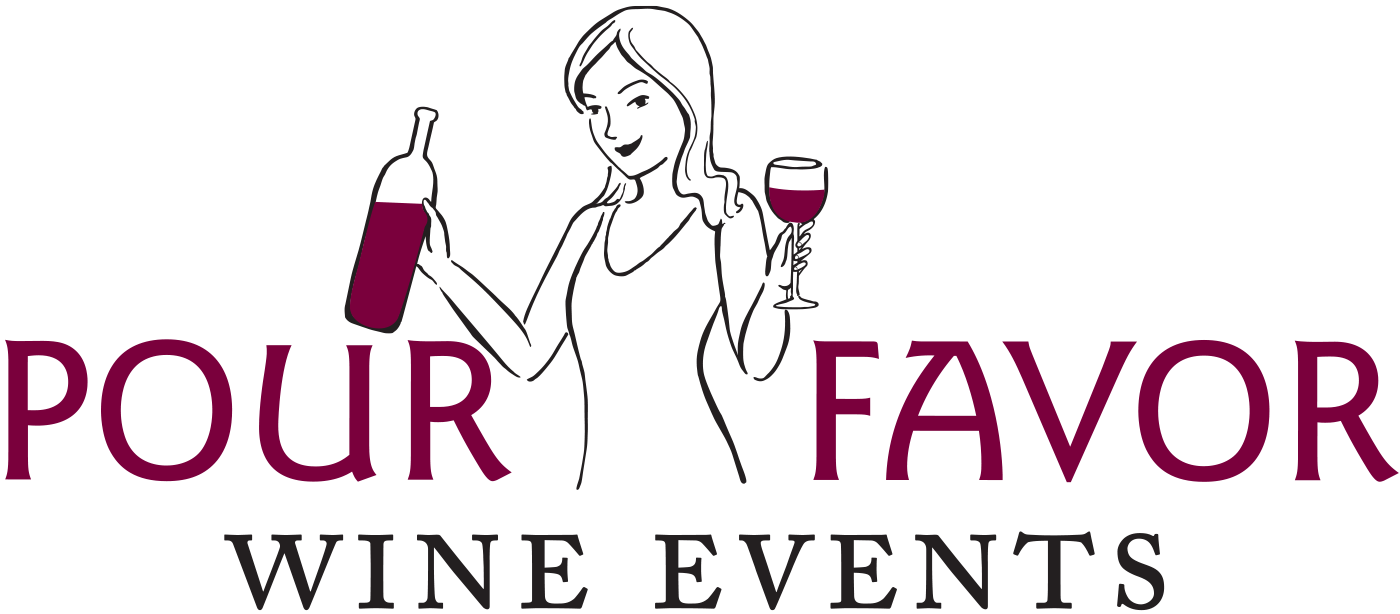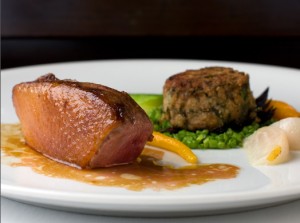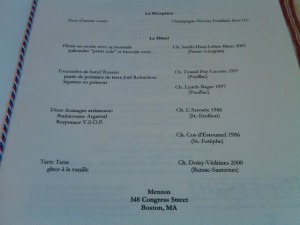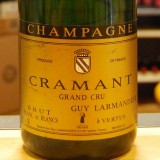 We're having schizophrenic weather (again) here in Beantown this late fall/early winter. Monday it was 53 degrees. Today we're capping out at 25, and it was bitterly cold last night. Someone said they heard it was "March weather" because it is all over the map. Whatever. It's Boston. It's always all over the map. But this year I can't complain, since we've had an absolutely ridiculously terrific weather year. Besides, I'm happy shopping at Wilson Farm for all the gourds and root vegetables that are prolific this time of year. Stuffed squash? Check. Pork tenderloin with Port-glazed brussel sprouts? Check. Hearty chicken soup? Check.
In the wine scheme of things accordingly, it's true, I've had a good run in the Languedoc finding wines for "warmer" Fall days and that go easy on the wallet. But with the smell of winter in the air, I'm thinking more and more about Spain. It's a winemaking nation that’s impossible to synopsize because it is a country that has a great history in wine production, but today is one that looks to modern times (and palates) for guidance. As a result, it is arguably the Old World Mecca for innovation.
We're having schizophrenic weather (again) here in Beantown this late fall/early winter. Monday it was 53 degrees. Today we're capping out at 25, and it was bitterly cold last night. Someone said they heard it was "March weather" because it is all over the map. Whatever. It's Boston. It's always all over the map. But this year I can't complain, since we've had an absolutely ridiculously terrific weather year. Besides, I'm happy shopping at Wilson Farm for all the gourds and root vegetables that are prolific this time of year. Stuffed squash? Check. Pork tenderloin with Port-glazed brussel sprouts? Check. Hearty chicken soup? Check.
In the wine scheme of things accordingly, it's true, I've had a good run in the Languedoc finding wines for "warmer" Fall days and that go easy on the wallet. But with the smell of winter in the air, I'm thinking more and more about Spain. It's a winemaking nation that’s impossible to synopsize because it is a country that has a great history in wine production, but today is one that looks to modern times (and palates) for guidance. As a result, it is arguably the Old World Mecca for innovation.
Ever heard of Samso? That’s ok, it’s just an alternate, local name for Carignan, which comprises the full 100% of fermented juice in a wine made by Clos de Noi. These folks are based in Montsant, one of my favorite nooks in Spain (and one I plan to visit next year). Carles Escolarhas is the winemaker behind this floral, intensely concentrated, fruit forward, teeth-sinking red. Ripe blackberry, black raspberry and bramble fruits, are accented with a touch of spice and Montsant’s increasingly sought, slatey minerality. Personally, I love the Clos de Noi all the more for its long, seductive finish.
There are plenty of places in Spain (Rioja, for example) that will warm you up this winter. But if you are a particular fan of big, bold reds with plenty of nuance - or even Priorat, Montsant's better known (pricier) neighbor - than this is an area for you to explore this winter.
What wines are you enjoying as our temps drop and we head into winter?










 .....aaaannnnnddddd we're back! With the official first day of fall under our belts this week, it's time to begin chatting about wine again after some needed R & R. Of course, just because I haven't been blogging about wine doesn't mean I haven't been
.....aaaannnnnddddd we're back! With the official first day of fall under our belts this week, it's time to begin chatting about wine again after some needed R & R. Of course, just because I haven't been blogging about wine doesn't mean I haven't been